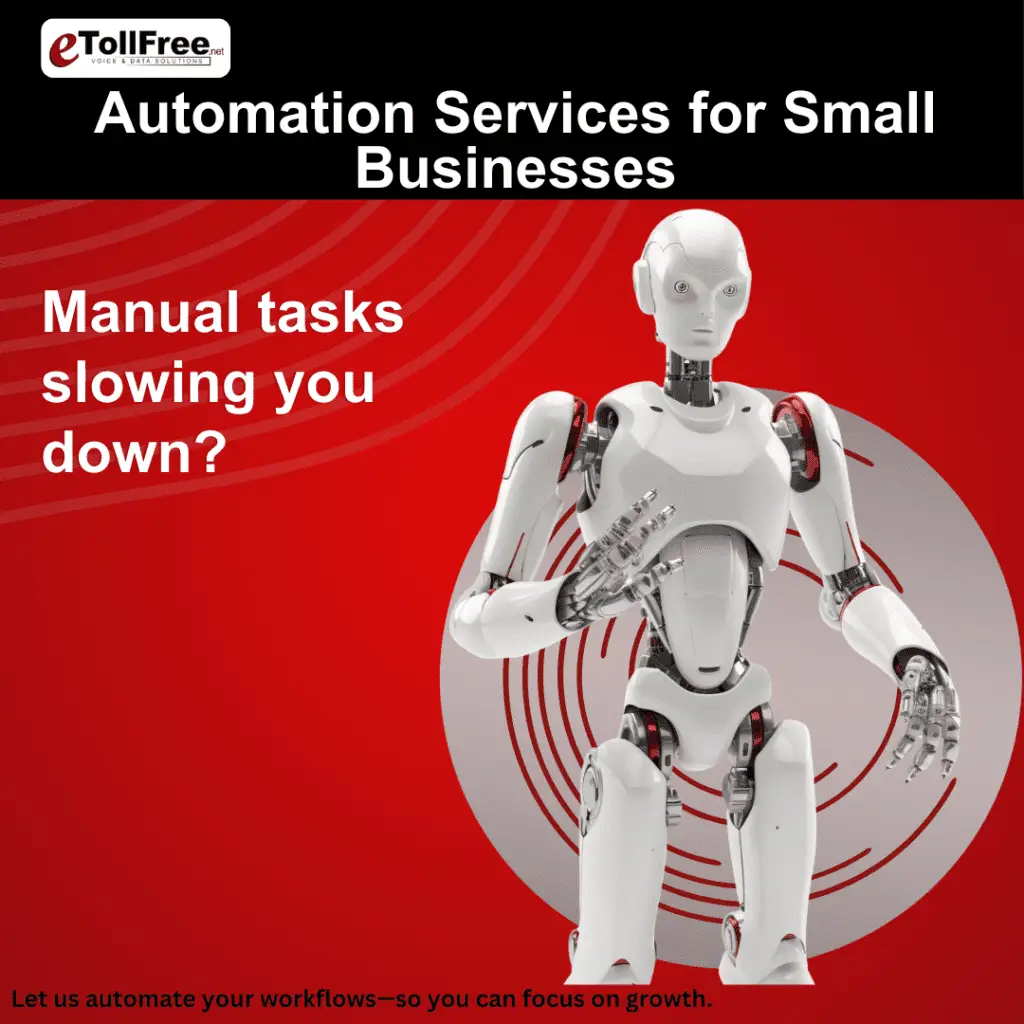Transforming Small-Business Banking with Automation
In today’s rapidly changing financial services landscape, the need for innovative solutions to enhance efficiency is more vital than ever. This is particularly true for small-business banking, where financial institutions face challenges such as lengthy loan origination processes, regulatory inconsistencies, and rising costs. Accordingly, Automation in small-business banking offers a path forward by improving these processes, providing a superior experience for small business clients, and driving sustainable growth.
Key Challenges in Small Business Banking
Challenges include:
- Lengthy Loan Origination: Traditional loan processes are often bogged down by cumbersome paperwork and delayed approvals. Consequently, this slows access to capital for businesses.
- Regulatory Inconsistencies: Navigating ever-changing compliance requirements can complicate operations and increase the risk of non-compliance.
- High Operational Costs: Manual tasks inflate operational costs, significantly impacting profitability and resource allocation.
The Role of Automation in Small-Business Banking
By integrating Automation in small-business banking across the customer lifecycle, financial institutions can streamline operations, thereby overcoming these challenges. Automation is not merely about digitizing existing inefficiencies; it’s about transforming processes for optimal results.
Streamlining Loan Origination
- Quicker Approvals: Automation allows for fast, accurate credit assessments using intelligent decision-making tools. Therefore, this reduces the time businesses wait for capital and builds client trust.
Ensuring Consistency in Compliance
- Adaptability to Change: Automated processes ensure compliance checks are both consistent and accurate, enabling institutions to swiftly respond to regulatory changes and reduce non-compliance risks.
Reducing Costs through Efficiency
- Optimized Resource Allocation: By automating routine tasks, human resources can be directed toward high-value activities such as client relationship management and financial advisory services—areas crucial to small business success.
Expanding Financial Access
Automation in small-business banking can help financial institutions extend services to underserved areas. Thus, promoting inclusivity and supporting diverse small business clients, especially in rural and underserved markets.
Sustainable Growth Through Automation
Leading financial institutions focus on automation not just to enhance efficiency, but to redefine their strategic capabilities. By embracing automation, these institutions can cultivate long-term partnerships and provide tailored services, aligning with the evolving needs of small businesses.
Conclusion: A Future-Forward Approach
The future of small business banking lies in proactive leadership that not only keeps pace with industry change but also sets new standards for efficiency, inclusivity, and accessibility within the financial ecosystem. Accordingly, Automation in small-business banking is central to this transformative journey.
Resources
To further explore the impact of automation in small-business banking, consider these insightful sources:
- Navigating compliance in community banking: AI brings opportunity
Author: Jake Fuchs
This resource discusses how AI and automation enhance compliance and efficiency in community banking.
Read more - Robotic Process Automation in Banking — Why Adopt Automation
Author: 10xDS
This article explores methods used in automation to reduce costs and improve manual processing efficiency.
Discover more - Loan Origination Automation and Its Impact on Operational Efficiency
This guide provides insights into how automation in loan origination enhances operational efficiency.
Learn more
These sources offer valuable perspectives and practical insights for small business owners looking to understand and leverage automation in banking services.











